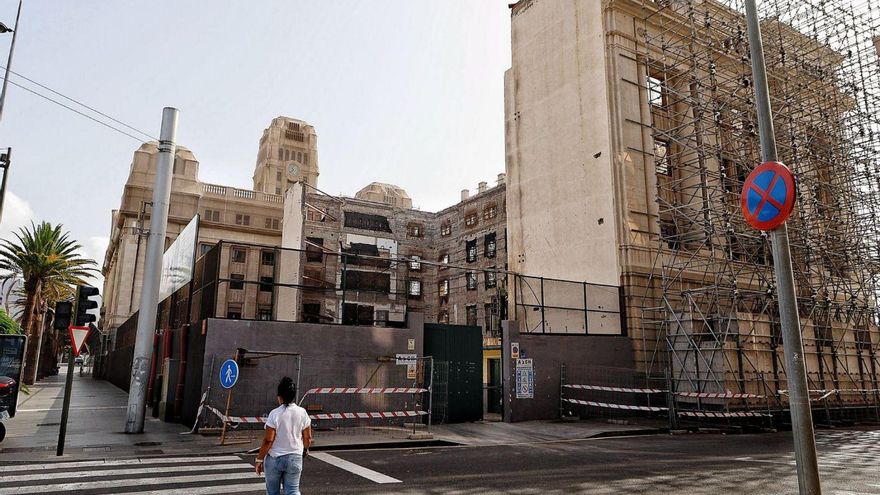Schools in Tenerife Suspend Classes Due to Extreme Heat

Five secondary schools in Tenerife, namely Andrés Bello, Chapatal, Benito Pérez Armas, Las Veredillas, and Teobaldo Power, along with the Fernando Estévez School of Art and Higher Design and the CIFP César Manrique, will hold classes remotely this Friday due to the high temperatures forecasted for the island.
The Department of Education of the Canary Islands Government announced on Thursday that, in light of the level 3 health alert, the Protocol for Educational Action in situations of high temperatures has been activated.
Request for Change
The Territorial Directorate of Santa Cruz de Tenerife has approved the transition to remote learning and urges families to keep an eye on potential communications from the educational institutes over the coming hours.
As previously reported by Atlántico Hoy, the STEC-IC union had called for the immediate suspension of classes this Friday across all public centres in the archipelago. Union spokesperson Gerardo Rodríguez stated, “The environment within educational establishments is practically unbearable. The health of the educational community must take priority.”
Heatwave Alert
On Thursday, a high-temperature alert was issued for Gran Canaria, Fuerteventura, Lanzarote, and Tenerife, while La Palma, La Gomera, and El Hierro remain on pre-alert status. All islands are also under alert due to dust from the Sahara.
Forecasts indicate that maximum temperatures could reach between 34 and 37 °C in Lanzarote, Fuerteventura, Gran Canaria, and Tenerife, and between 30 and 34 °C in La Gomera, La Palma, and El Hierro. Minimum temperatures will not drop below 24 °C in many areas of Gran Canaria and Tenerife, and will be occasionally higher elsewhere in the archipelago. Additionally, there is a very high risk of solar ultraviolet radiation, which will remain active across the region between 18 and 22 September.












